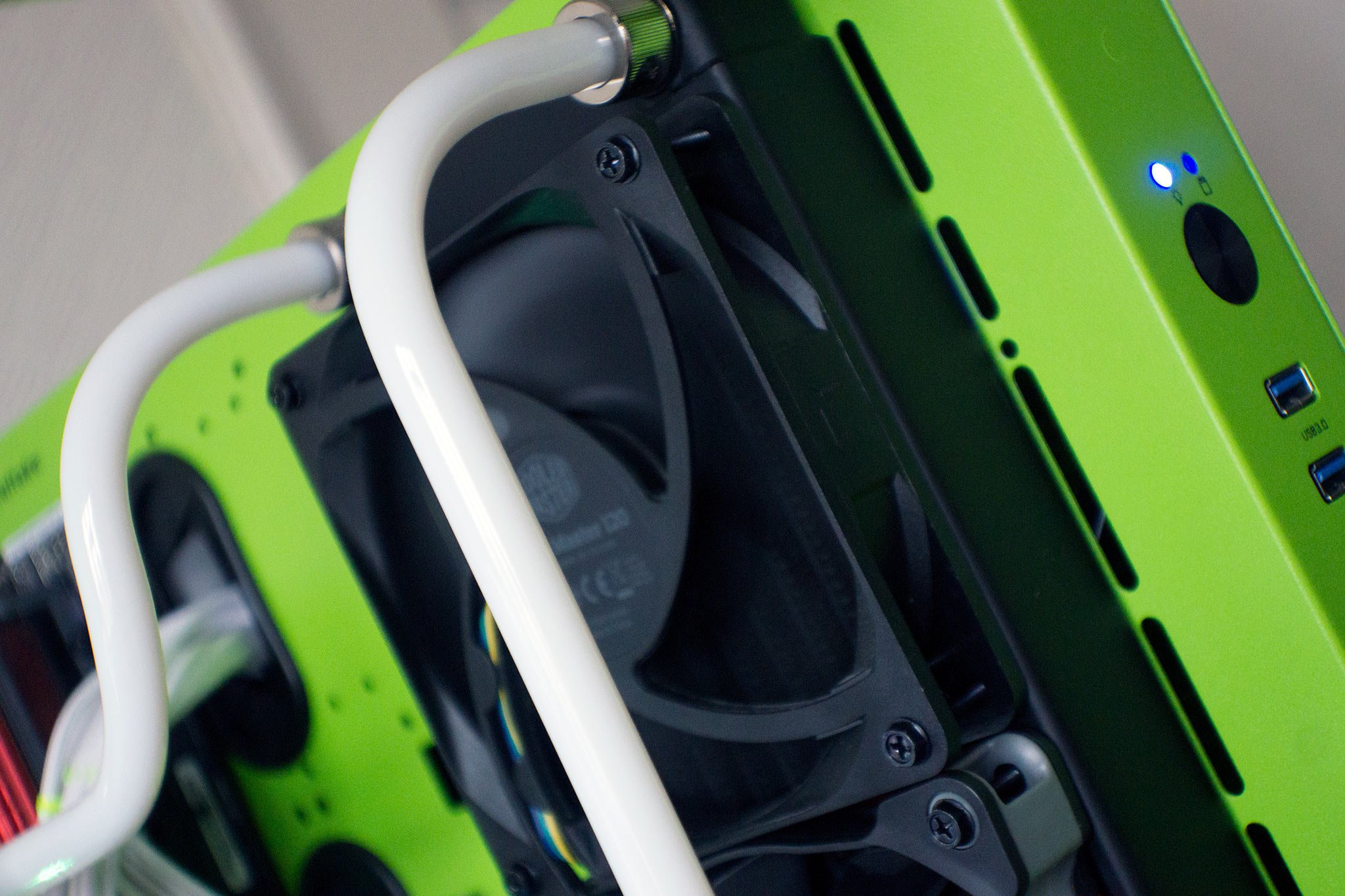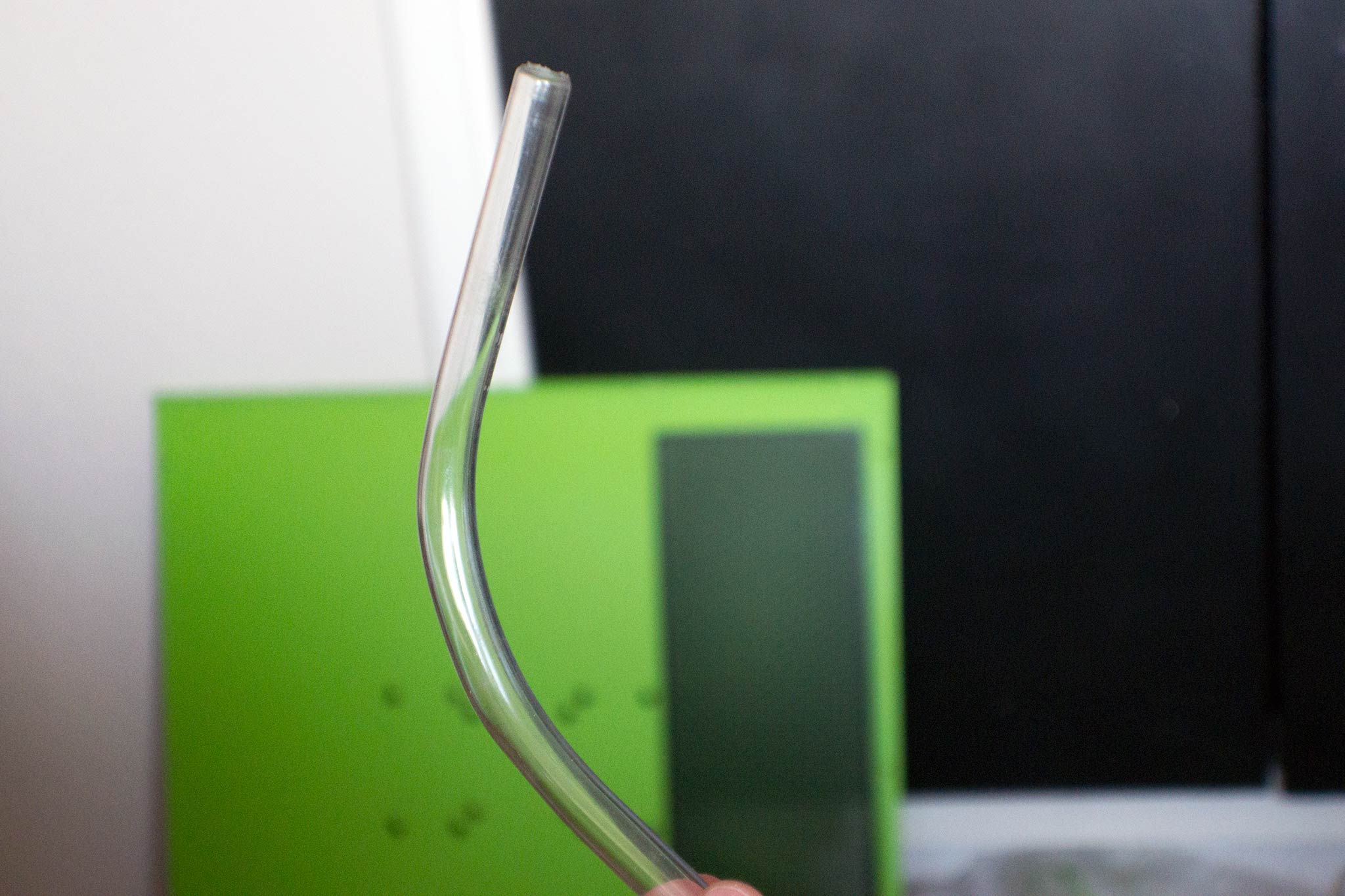What to do if your water-cooled PC springs a leak

This rare emergency can occur and has the potential to cause hundreds of dollars worth of damage, depending on your response. Liquid can escape a closed loop through a loose fitting, cracked tube or block. That is why it's especially important to triple-check a loop once it's finished and perform a test run with distilled water for around 24 hours.
Spotted a leak? Don't freak out! Each and every second is precious, but here's what to do:
- Turn the PC off, immediately, as soon as you spot the leak.
- Unplug the power supply from the socket.
- Take off all case panels for access.
- Insert paper towels to soak up liquid.
- Extract all components that were hit by liquid.
- Dry each component carefully.
- Leave everything to dry for around 48 hours.
- Put everything back together and hope for the best.
With luck, everything should work. Unfortunately, if the system doesn't boot or you run into issues, you'll be required to do a little troubleshooting.

If you haven't yet had a leak, here's how to ensure your system is as water-tight as possible:
- Visual checks: Check each tube after putting everything together for cracks and other damage.
- Test the loop: Run the loop with only the pump on power for at least 24 hours with distilled water. This will unveil any leaks or issues that may affect performance and reliability.
- Use adequate components: Double check that everything matches up.
- Tighten fittings: Ensure that fittings are tight on each connection to prevent liquid from seeping out.
Don't be put off by water-cooling if you're considering it as an option for your PC. Leaks are rare and can be avoided almost completely if you take your time setting the system up and ensure everything is perfect before plugging components in and firing it all up.
All the latest news, reviews, and guides for Windows and Xbox diehards.

Rich Edmonds was formerly a Senior Editor of PC hardware at Windows Central, covering everything related to PC components and NAS. He's been involved in technology for more than a decade and knows a thing or two about the magic inside a PC chassis. You can follow him on Twitter at @RichEdmonds.
